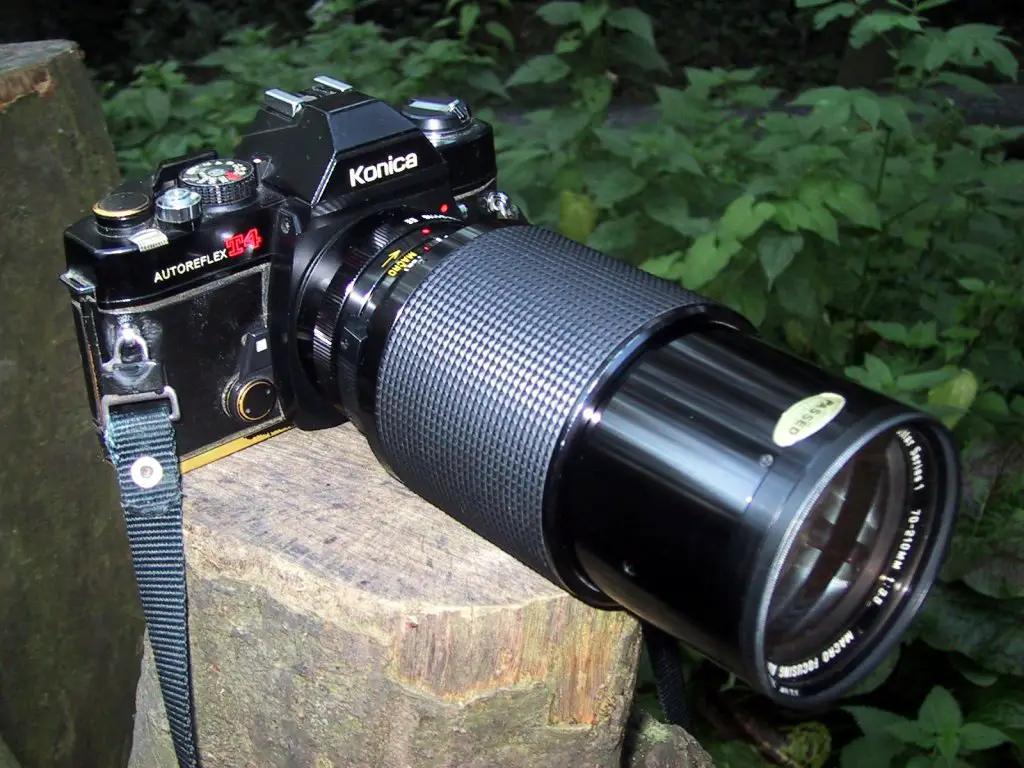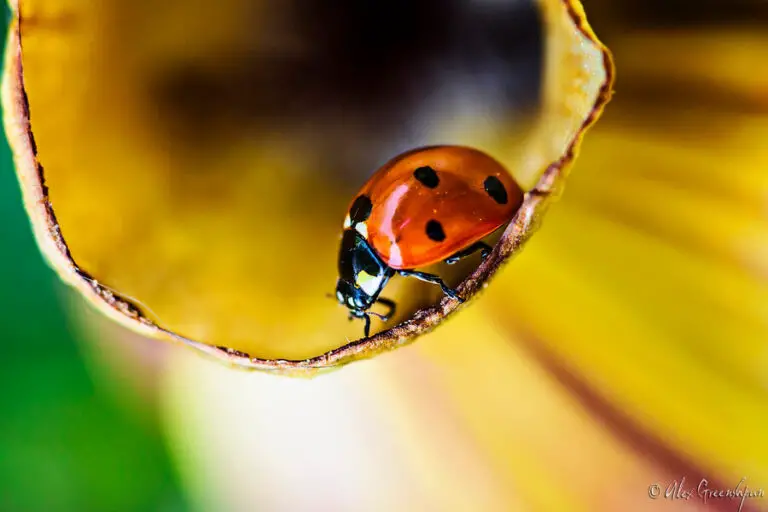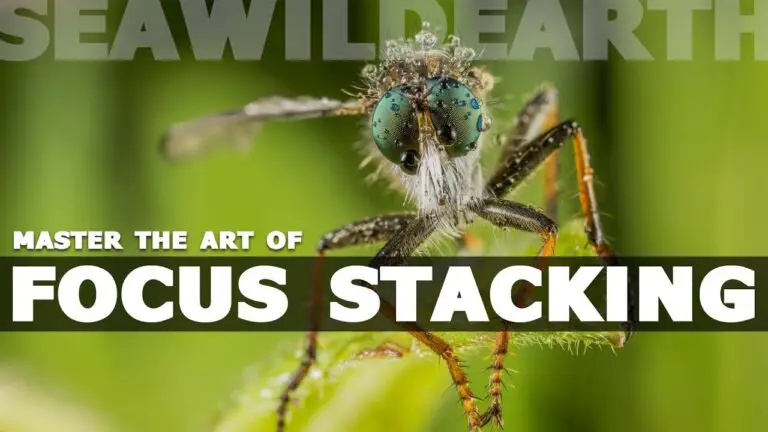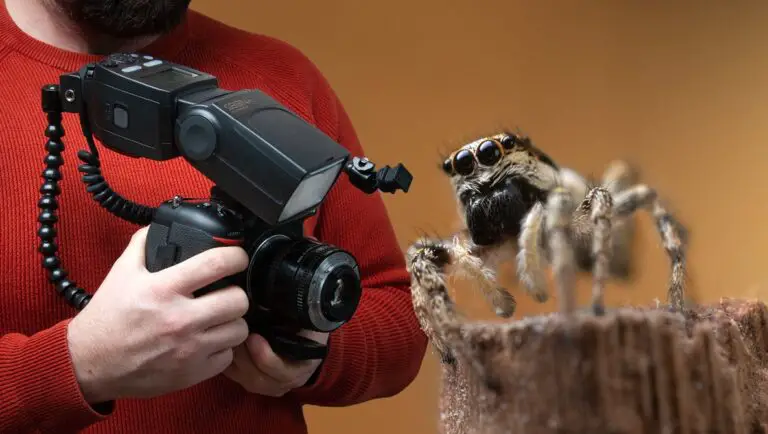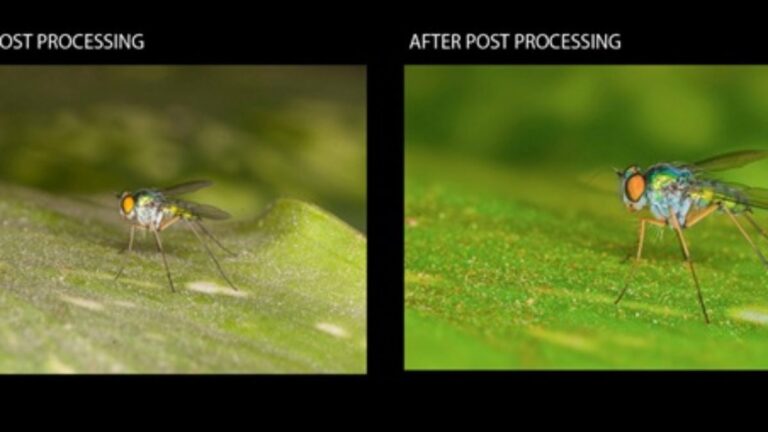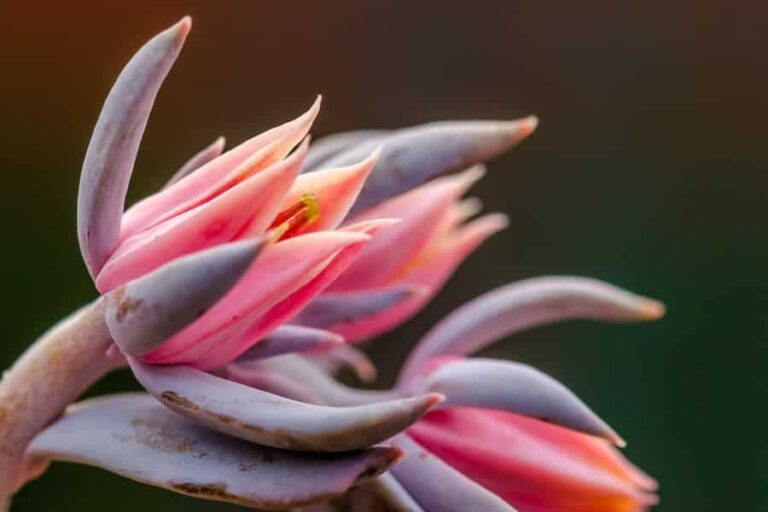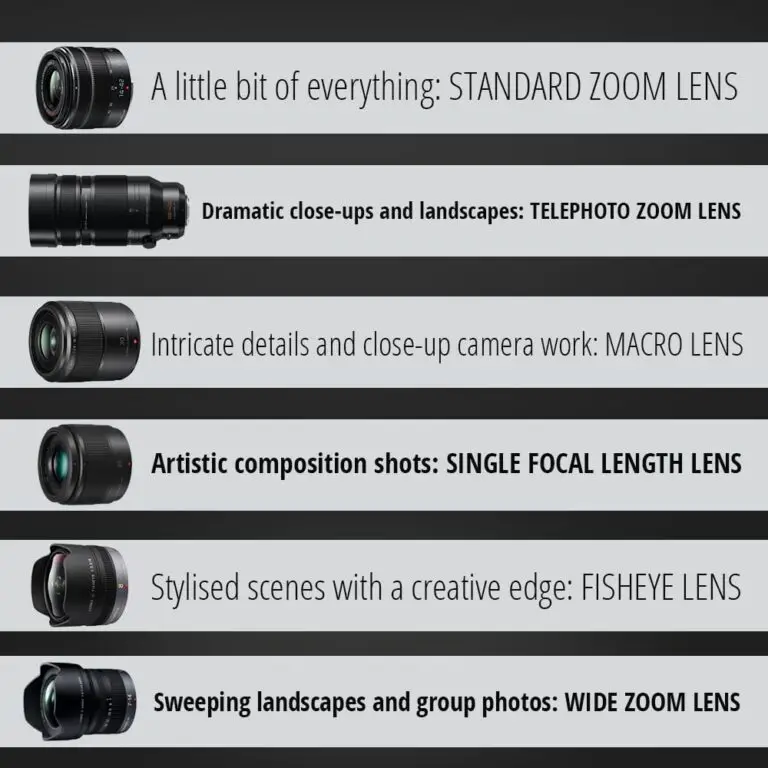Exploring the Microscopic World: Documenting Insects and Plants with Your Camera
The world of insects and plants is a fascinating realm teeming with life, color, and intricate design. It’s a world that exists alongside our own but is often overlooked due to its minuscule scale. Yet, when we take the time to explore it through the lens of a camera, this microscopic world offers an endless array of photographic opportunities. Whether you’re a budding nature photographer or simply an enthusiast with a love for the outdoors, this guide will unveil the tricks and techniques to capture the mesmerizing details of this often-unseen world.
Gear Essentials for Macro Photography
To get started, you’ll need the right gear. Macro photography, which focuses on extreme close-up shots, requires specific equipment designed to capture the fine details of tiny subjects.
The Right Camera and Lens
The most important piece of equipment for macro photography is a camera capable of close-up focusing. Interchangeable lens cameras, like DSLRs and mirrorless cameras, are ideal for this type of photography. For true 1:1 magnification, a macro lens is essential. These lenses are engineered to capture subjects at a 1:1 ratio, which means the size of the subject in real life is the same as the size it reproduces on your camera sensor.
Additional Accessories
- Tripod: A sturdy tripod is necessary to avoid camera shake, especially in the low-light environments where many macro shots are taken.
- Remote shutter release or camera timer: To prevent any physical contact with the camera that could cause blur in the final image.
- Reflector and diffuser: To control the light and minimize harsh shadows.
Lighting Techniques for Capturing Macro Details
Lighting is crucial in macro photography, as it can dramatically affect the quality of your images. Here are some techniques to consider.
Natural Light
Early morning and late afternoon provide soft, warm light that’s ideal for macro photography. At these times, the sun is lower in the sky, reducing the harsh contrast and giving your subject a more three-dimensional look.
Artificial Light
In some cases, flash or LED lighting may be necessary. When using artificial light, it’s important to diffuse it to avoid overexposure and to control it to prevent harsh shadows.
Insect Photography: A World of Wonders
Capturing insects can be one of the most rewarding aspects of macro photography. Here are some tips for getting those perfect bug shots.
Stealth and Patience
Insects are easily startled, so approach them slowly and methodically. A hide or a piece of camouflage cloth can help you blend into the environment and become less disruptive to the insect’s daily activities.
Focus Stacking
Because of the close working distances in macro photography, the depth of field is very shallow. Focus stacking involves taking multiple images focused at different distances and then using software to combine them into one image with greater depth of field.
Plant Photography: Botanical Beauties Up Close
Macro photography allows you to capture the intricate details of plants that are often invisible to the naked eye. Here are some techniques to try.
Depth of Field and Composition
Experiment with different apertures to control the depth of field. A larger aperture (smaller f-number) will give you a shallow depth of field, while a smaller aperture (larger f-number) will give you a greater depth of field, allowing more of the plant to be in focus.
Filling the Frame
Don’t be afraid to get up close and fill the frame with your plant subject. This can lead to more abstract and interesting compositions that showcase the finer details of the plant.
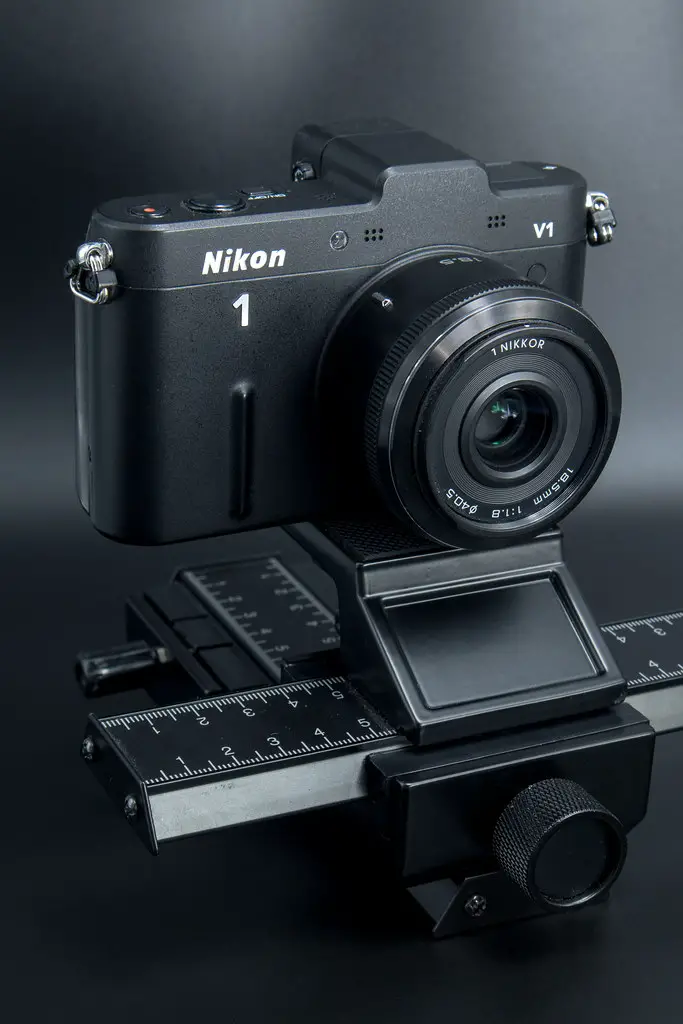
Editing and Post-Processing: Polishing Your Masterpieces
Post-processing is an important step in macro photography, helping to enhance the details and bring out the true beauty of your subjects.
Software Recommendations
Popular editing software like Adobe Lightroom and Photoshop offer powerful tools for macro photography. Additionally, specialized software such as Helicon Focus can be used for focus stacking.
Retouching Tips
When retouching your macro images, pay attention to small imperfections that can be distracting. Dust, blemishes, and any unwanted debris can easily be removed in post-processing to achieve a clean final result.
Sharing Your Work: Exhibiting the Microscopic World
Once you’ve captured and edited your images, it’s time to share them with the world. Building a portfolio and engaging with nature photography communities can be a great way to foster your passion and share your discoveries.
Building a Portfolio
Curate a selection of your best macro photographs to showcase on an online portfolio or social media platform. Organize your images in series or themes to tell a story about the microscopic world.
Engaging with the Community
Join local photography clubs or online communities to share your work and learn from other enthusiasts. Sharing tips and experiences can be a valuable source of inspiration and growth for you as a photographer.
Conclusion
Exploring the microscopic world through your camera lens not only provides you with a deeper appreciation of nature’s wonders but also challenges your photography skills in new and exciting ways. By equipping yourself with the right tools, mastering essential techniques, and sharing your work with others, you can create a visual record of the intricate beauty that surrounds us. I encourage each reader to pick up their camera, venture out into the natural world, and start documenting the exceptional details that await you just beyond the naked eye.


